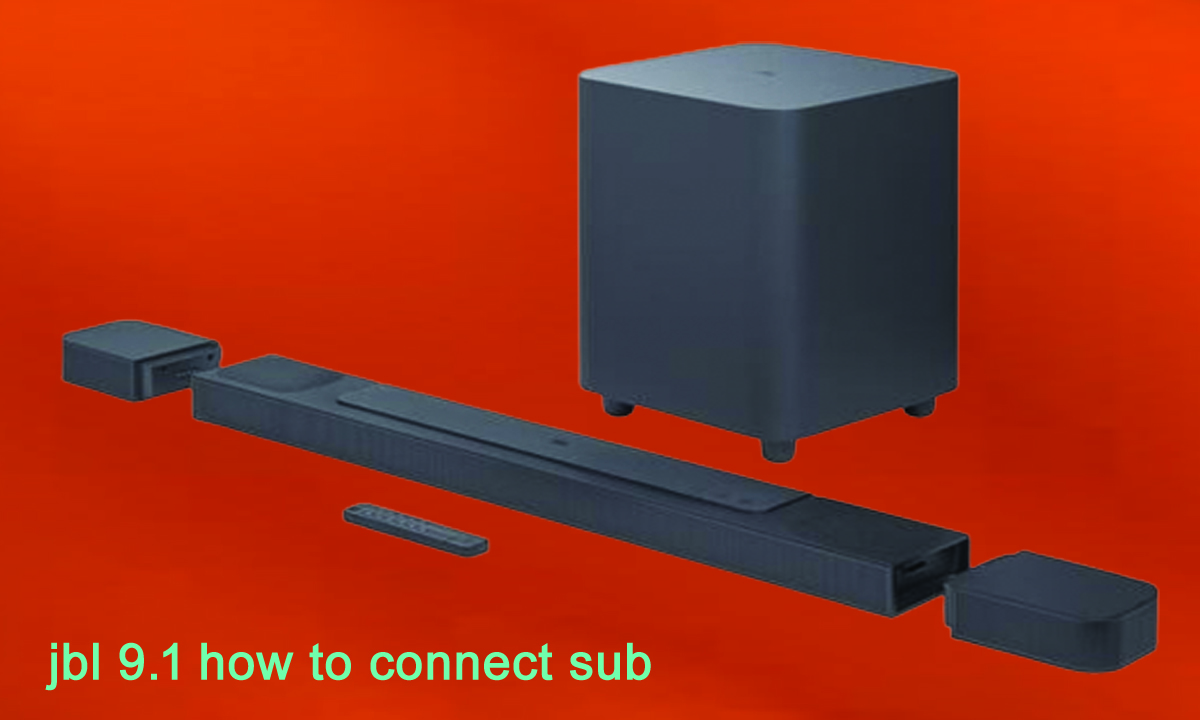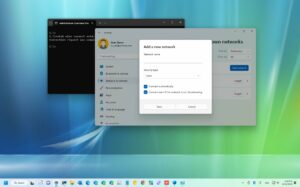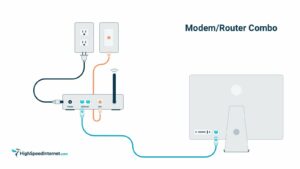Jbl 9.1 how to connect sub, The JBL Bar 9.1 is a soundbar system with a wireless subwoofer. To connect the subwoofer to the soundbar, follow these steps:
Jbl 9.1 how to connect sub:
- Unbox and Position the Subwoofer: Remove the subwoofer from its packaging and place it in the desired location within the recommended range of the soundbar. Ensure there are no obstacles or walls between the subwoofer and the soundbar for optimal wireless connectivity.
- Connect the Soundbar to Your TV: Before connecting the subwoofer, you should ensure that the soundbar is correctly connected to your TV. This typically involves connecting the soundbar to your TV’s HDMI ARC (Audio Return Channel) or optical audio output. Use the appropriate cable for your setup. If you are unsure how to do this, refer to the soundbar’s user manual.
- Power On the Subwoofer: Plug the subwoofer into a power outlet and turn it on using its power button or switch. The subwoofer should have an indicator light to show that it’s powered on.
- Pair the Subwoofer with the Soundbar:
- On the JBL Bar 9.1 remote control, press and hold the “Subwoofer” button for a few seconds. This should trigger the soundbar to search for and pair with the subwoofer.
- The LED indicator on the subwoofer should start flashing, indicating that it’s in pairing mode.
- Wait for the soundbar and subwoofer to establish a wireless connection. The LED indicator on the subwoofer should become steady or change color to indicate a successful connection.
- Test the Subwoofer: Play some audio or a movie with deep bass on your soundbar to test if the subwoofer is working correctly. You should be able to feel the increased bass output from the subwoofer.
- Adjust Subwoofer Settings: You can adjust the subwoofer’s volume and other settings to fine-tune the sound to your liking. This can usually be done using the soundbar’s remote control or on-screen menu.
Please note that these instructions are based on the typical setup for JBL soundbars and subwoofers. If you encounter any issues or if your specific model has different instructions, consult the user manual that came with your JBL Bar 9.1 for detailed setup instructions tailored to your device.
How do I get my JBL subwoofer to work?
Getting your JBL subwoofer to work involves a few steps, which can vary depending on your specific JBL subwoofer model and how it’s designed to connect to your audio system. Here are some general steps to help you get started:
- Check Power and Connections:
- Make sure the subwoofer is powered on and plugged into a working power outlet.
- Ensure that all necessary cables are properly connected. This typically includes an audio cable from your audio source (e.g., AV receiver or soundbar) to the subwoofer’s input, and a power cable to the subwoofer.
- Set the Subwoofer’s Volume and Crossover:
- Most subwoofers have volume and crossover (frequency) controls. Set the subwoofer’s volume to a reasonable level, usually around the midpoint.
- Adjust the crossover control to determine the frequency at which the subwoofer starts producing bass. The optimal crossover setting may depend on your specific audio setup, but starting with a setting around 80Hz is a common choice.
- Configure Your Audio Source:
- On your AV receiver or soundbar (or whichever device is sending audio to the subwoofer), make sure the subwoofer output is enabled in the audio settings. You may need to access your device’s audio menu to do this.
- Ensure that your audio source is producing content with bass frequencies that the subwoofer can reproduce.
- Test the Subwoofer:
- Play audio or content that includes deep bass. You should be able to hear and feel the bass output from the subwoofer. Make sure it’s not too loud or too quiet and adjust the subwoofer’s volume accordingly.
- Fine-Tune Settings:
- Depending on your specific subwoofer and audio setup, you may have additional settings to adjust, such as phase, equalization, or room calibration. Refer to your subwoofer’s user manual for guidance on these settings.
- Placement Matters:
- The placement of your subwoofer in the room can significantly affect its performance. Experiment with different locations to find the spot where it produces the best bass response. Corners and walls often amplify bass, but be mindful of room acoustics.
- Update Firmware (if applicable):
- Some JBL subwoofers may offer firmware updates to improve performance or address issues. Check JBL’s official website or contact their customer support to see if there are any updates available for your subwoofer.
If you’re still having trouble getting your JBL subwoofer to work, refer to the user manual that came with your specific subwoofer model for detailed setup instructions and troubleshooting tips. Additionally, if your subwoofer is part of a JBL soundbar or speaker system, ensure that the soundbar or speaker system is correctly configured to work with the subwoofer as well.
Can you CONNECT subwoofer to JBL speaker?
Whether you can connect a subwoofer to a JBL speaker depends on the specific models and their compatibility. Some JBL speakers are designed to work with subwoofers, while others are not. Here are some common scenarios:
1. JBL Soundbar with Subwoofer:
- Many JBL soundbars come with a wireless subwoofer that is designed to work seamlessly with the soundbar. These subwoofers typically connect automatically to the soundbar once they are powered on.
2. Portable JBL Bluetooth Speakers:
- Most portable JBL Bluetooth speakers are standalone units and do not have a dedicated subwoofer output. You cannot directly connect an external subwoofer to these speakers.
3. JBL Home Theater Systems:
- Some JBL home theater systems, like those with a receiver or amplifier, have a dedicated subwoofer output. In this case, you can connect an external powered subwoofer to the subwoofer output on the receiver or amplifier. Ensure that the subwoofer and receiver/amplifier are compatible in terms of impedance and power handling.
4. JBL PartyBox Speakers:
- JBL PartyBox speakers, designed for large gatherings and events, usually have built-in powerful woofers to provide deep bass. They do not have a dedicated subwoofer output for connecting external subwoofers.
In general, if your JBL speaker has a dedicated subwoofer output, you can connect an external subwoofer to enhance the low-frequency performance. However, if your JBL speaker is a portable Bluetooth speaker, it may not have this capability.
Please provide the specific models of your JBL speaker and subwoofer for more detailed guidance on their compatibility and connectivity options.
How do I put my JBL speaker in bass mode?
JBL speakers often have different sound modes and equalization settings to enhance bass performance or customize the audio experience. However, the specific method for putting your JBL speaker into “bass mode” or adjusting bass settings can vary depending on the model of the speaker. Here’s a general guide:
1. Check the Speaker’s Manual: First and foremost, refer to the user manual that came with your JBL speaker. The manual should provide detailed instructions on how to adjust the bass settings and enable any bass-boosting modes that the speaker may offer.
2. Use the JBL Connect App (if applicable): If your JBL speaker is compatible with the JBL Connect app (or any other proprietary app provided by JBL for your speaker model), you may be able to control the bass settings through the app. Download the app to your smartphone or tablet, connect your speaker, and look for bass-related settings or equalizer adjustments within the app.
3. Physical Controls on the Speaker: Some JBL speakers have physical buttons or knobs for adjusting bass levels. These buttons are often labeled with icons such as “bass,” “EQ,” or “sound mode.” You can press or turn these buttons/knobs to increase or decrease the bass output.
4. Remote Control (if applicable): If your JBL speaker comes with a remote control, check if it has dedicated buttons for adjusting bass levels or sound modes. Use the remote control to access these settings.
5. Voice Command (if supported): If your JBL speaker is compatible with voice assistants like Amazon Alexa or Google Assistant, you may be able to use voice commands to adjust bass settings. For example, you can say, “Hey Google, increase the bass” or “Alexa, set bass to maximum.”
6. Mobile Device Settings: In some cases, you may need to adjust bass levels through the audio settings on the device that’s connected to the JBL speaker. For example, if you’re streaming music from a smartphone or tablet, check the device’s equalizer settings to control bass levels.
7. Factory Sound Modes: Some JBL speakers have preset sound modes that include a “bass boost” or “extra bass” mode. Explore the sound mode options on your speaker and select the one that enhances bass if available.
Keep in mind that not all JBL speakers have customizable bass settings or dedicated bass modes. The availability of bass adjustment features can vary widely between different models. If you’re unable to find bass-specific settings or modes on your speaker, it may not have those capabilities, and you’ll need to rely on its default sound profile.
Why is my soundbar subwoofer not working?
If your soundbar subwoofer is not working, there could be several reasons for the issue. Here are some common troubleshooting steps to help you identify and resolve the problem:
- Power On the Subwoofer: Make sure the subwoofer is powered on. Check if there’s an indicator light on the subwoofer to confirm that it’s receiving power.
- Check the Connections:
- Verify that all cables, including the power cable and any audio cables, are securely connected to the subwoofer and any other audio source (e.g., soundbar, AV receiver, TV).
- Ensure that the subwoofer is properly paired or connected to the soundbar or audio source, especially if it’s a wireless subwoofer.
- Soundbar Settings:
- Check the soundbar’s settings to confirm that the subwoofer is enabled and properly configured. Some soundbars allow you to adjust the subwoofer’s volume and crossover settings.
- Make sure that the sound mode or audio input you’re using on the soundbar is compatible with the subwoofer.
- Subwoofer Volume Control: If your subwoofer has a separate volume control knob or button, make sure it’s not turned all the way down. Gradually increase the subwoofer’s volume to test if it starts producing sound.
- Interference and Placement:
- Ensure that there are no physical obstructions or interference between the subwoofer and the soundbar.
- Subwoofer placement can affect its performance. Experiment with different positions in the room to find the best location for optimal bass response.
- Check for Mute or Standby Mode: Some subwoofers have a standby or mute mode that can be activated if they don’t receive an audio signal for a period of time. Check the subwoofer’s manual for instructions on how to disable this mode.
- Check Subwoofer LED Indicator: If your subwoofer has an LED indicator, observe its behavior. Different LED patterns or colors may indicate specific issues. Consult the user manual for your subwoofer to interpret these indicators.
- Firmware/Software Updates: Some subwoofers may require firmware updates for optimal performance. Check the manufacturer’s website or app for any available updates for your subwoofer.
- Test with Different Audio Sources: Try playing audio from different sources (e.g., TV, streaming device, Blu-ray player) to see if the issue persists. This can help determine if the problem is with the audio source or the subwoofer itself.
- Contact Customer Support: If none of the above steps resolve the issue, consider reaching out to the manufacturer’s customer support for further assistance or to inquire about warranty coverage if the subwoofer is still under warranty.
Keep in mind that the troubleshooting steps may vary depending on the make and model of your soundbar and subwoofer, so consult the user manuals for both devices for specific instructions tailored to your equipment.
More story in Hindi to read:
Moral stories in Hindi for class




